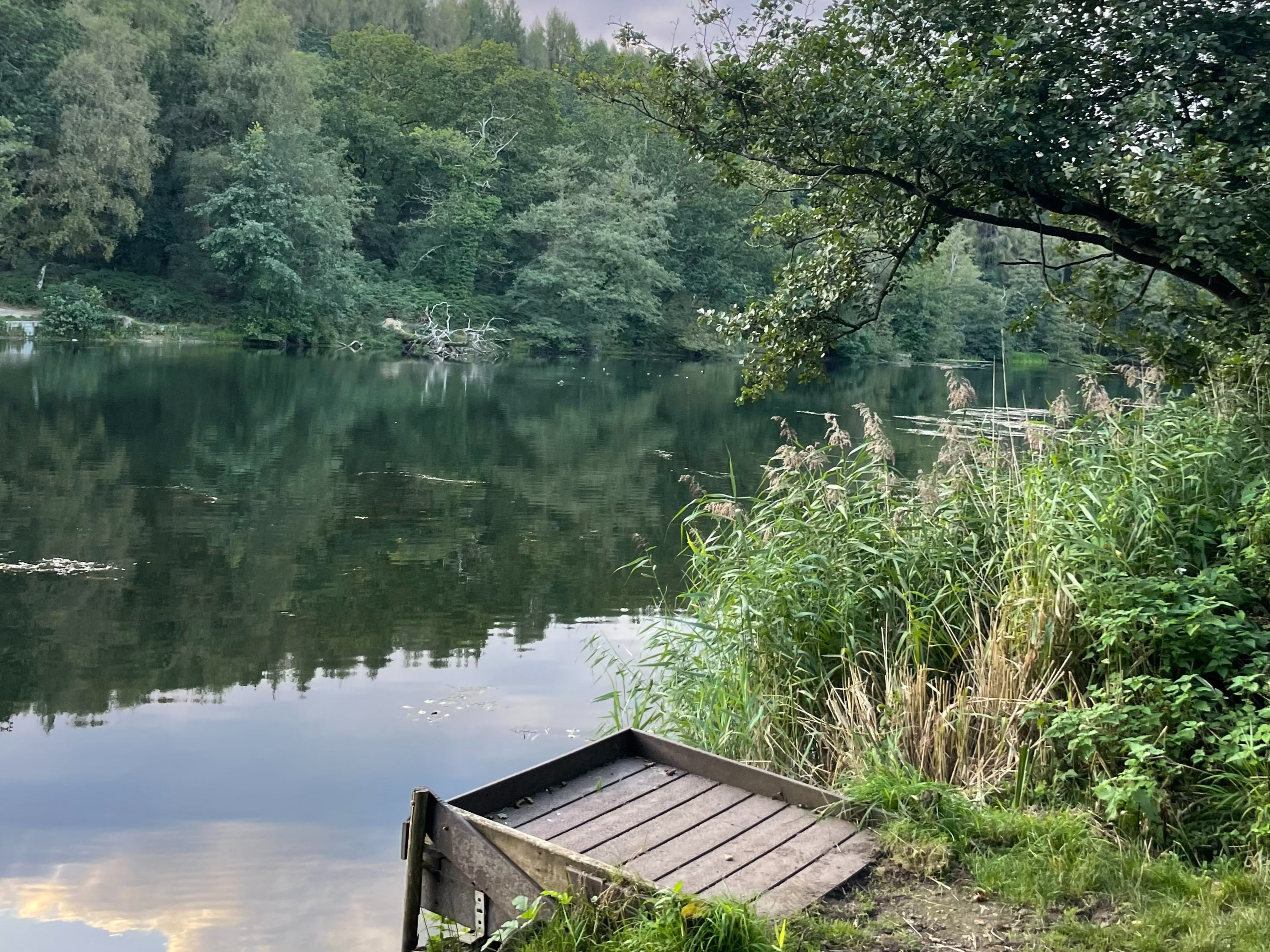We meet our safari guide at dusk, as gauzy light filters through the trees and the air prickles with chill. Ed Drewitt, a naturalist and ‘wildlife detective,’ looks fit for the Serengetti – minus the rumble of a jeep – decked in camouflage colours and binoculars. But this is the Forest of Dean and, rather than rhinos and zebras, we’re here to track the native species that we often take for granted.
This evening we’re hoping to tick off the Forest of Dean’s ‘big five’, classified, by Drewitt, as wild boar, fallow deer, roe deer, foxes and pine martens (a distinct cat-sized weasel, reintroduced from Scotland several years ago). Luckily, tonight’s conditions are in our favour: a still night without a whisper of wind means it is trickier for animals to catch our scent. We’ve gathered at last light, when animals become more daring, peeping out from nests and hiding holes, feeling less threatened by predators.
Organised by Tudor Farmhouse, a former farm turned boutique hotel that straddles the Forest of Dean and Wye Valley, our wildlife safari has been paired with a ‘wild sleeping’ night, for the full outdoors experience.

The Forest of Dean makes tranquil base for a walking safari
(Frankie Adkins)
It’s no wonder that the Forest of Dean – a 200 square mile patchwork of trees – is a refuge for wildlife. The fairytale forest is a favourite for film sets, with emerald moss and trees spiralling in lopsided shapes. Grand oaks curve like the keel of a ship; Drewitt tells us they were planted 200 years ago, specifically for the purpose of boat building.
Read more on UK travel:
The forest was designated the UK’s first National Forest Park, protected by law in 1938. Now, it’s prime habitat for woodland species, sheltering perhaps its most famous resident: the elusive wild boar. Initially introduced in the late 1990s under mysterious circumstances – there is still a question mark hanging over whether the first boars were released or escaped – their numbers are now in the hundreds. However, they have earned their place in the forest for their services as “woodland engineers”: scuffing up soil and thereby helping wildflowers and trees to germinate.
When tracking wild boars, we search in particularly muddy patches on paths to find hoof marks amid the footprints. Other telltale signs of…
Click Here to Read the Full Original Article at The Independent Travel…
